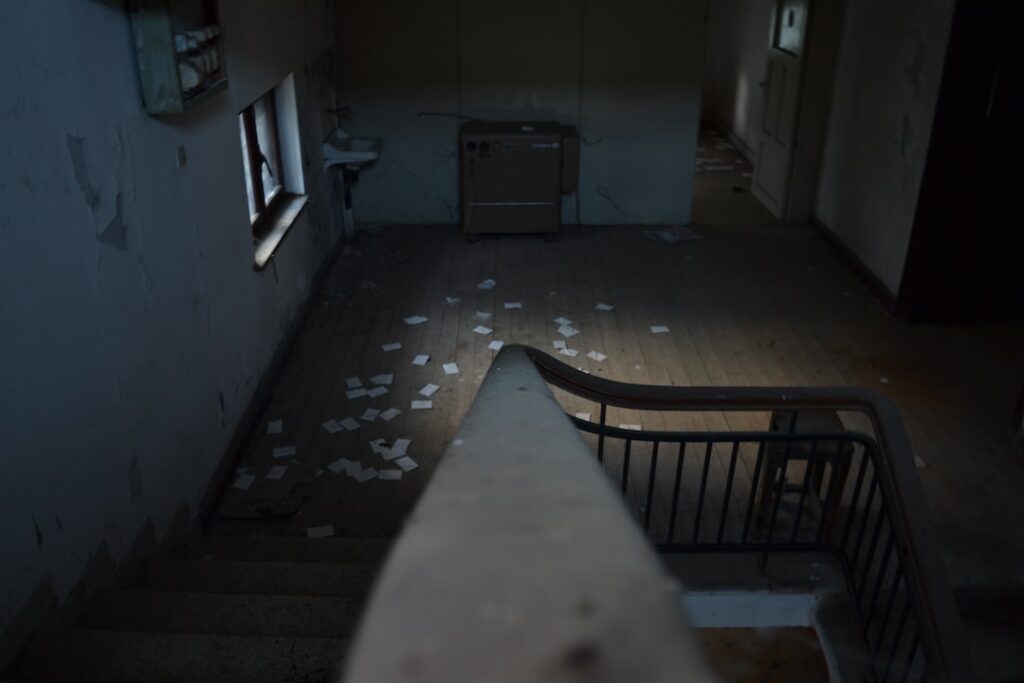How to Caulk Windows to Keep Ants Out of Your Home
Caulking your windows is a great way to help keep ants out of your home. Caulking helps seal any gaps or cracks around the window frame that may be allowing ants to enter your home. This simple and inexpensive task can make a big difference in preventing ant infestations. Here’s how to caulk your windows to keep ants out:
Gather Supplies
To caulk your windows, you will need a tube of caulk, a caulk gun, a putty knife, a rag, and a caulk smoother. You can purchase these supplies at your local hardware store. Make sure to choose a caulk that is suitable for outdoor use, such as silicone or acrylic latex caulk.
Prepare the Window
Start by removing any old caulk or sealant from around the window frame. Use a putty knife to scrape away the old caulk, and use a rag to wipe down the area to remove any dust or debris. Once the window frame is clean, you are ready to apply the caulk.
Apply the Caulk
Using the caulk gun, apply a continuous line of caulk around the window frame, making sure to fill any cracks or gaps. Use your finger or the caulk smoother to press the caulk into the gaps, and make sure to keep the line of caulk consistent. Once you have finished applying the caulk, let it dry for 24 hours before opening or closing the window.
By following these simple steps, you can easily caulk your windows and help keep ants out of your home. Caulking is a great way to help protect your home from unwanted pests, and it can be done quickly and easily with the right supplies.
Step-by-Step Guide to Properly Caulking Windows to Keep Ants Away
Caulking windows is an important part of home maintenance, and it can also help to keep ants away. If your windows have become cracked, warped, or otherwise damaged, it’s essential to apply caulk to the edges and gaps in order to keep out pests. Here’s a step-by-step guide to properly caulking your windows to keep ants away.
Step 1: Clean the Window and Area
The first step in caulking your windows is to clean the window frame and the area around it. This will help ensure that the caulk adheres properly and that there are no particles or dirt that could prevent the caulk from sticking. Use a damp cloth or a mild cleaner to remove any dust or debris.
Step 2: Cut and Apply Caulk
Once the area is clean, you can cut the caulk to the desired length and apply it around the edges of the window. Make sure to press the caulk into the gap, and use a caulk gun to ensure that the caulk is applied evenly.
Step 3: Smooth the Caulk
After you’ve applied the caulk, use a wet finger or a caulk-smoothing tool to make sure that the caulk is even and that there are no gaps or air pockets. This will help ensure that the caulk is properly sealed and that it will keep out ants and other pests.
Step 4: Allow the Caulk to Dry
Once you’ve finished applying and smoothing the caulk, it’s important to let it dry completely before closing the window. Depending on the type of caulk you use, this could take anywhere from a few hours to a few days. Once the caulk has dried, you can be sure that your windows are sealed and that ants won’t be able to get inside.
The Benefits of Caulking Windows to Keep Ants Away
Caulking windows is an effective way to keep ants out of your home and can have many benefits for you and your family. Not only does caulking help to reduce the number of ants that can enter your home, but it also serves as an effective sealant that helps to keep your home well-insulated and your energy bills lower.
Reduces Ants
Caulking is an effective way to reduce the number of ants that can enter your home. Ants are naturally attracted to areas where food is present, so caulking around windows and other cracks and crevices can help keep ants out. In addition, caulking can help to fill any gaps or cracks in your window frames and can help to block the entry of ants.
Improves Insulation
Caulking around windows helps to improve insulation in your home, which can help to keep your energy bills lower. Caulking can help to seal off any air leaks, which can help to keep your home cooler in the summer and warmer in the winter. Caulking also helps to keep out any moisture or humidity, which can lead to the growth of mold and mildew.
Protects From Moisture
Caulking can help to protect your home from moisture and humidity. Moisture can enter through small cracks and crevices in your windows, and can cause mold and mildew to grow. Caulking can help to fill in these small gaps and can help to keep your home dry and free from mold and mildew.
Prevents Further Damage
Caulking around windows can help to prevent further damage from occurring to your home. Caulking can help to fill in any cracks or crevices in your window frames, which can help to keep them strong and durable. In addition, caulking can help to protect your windows from the elements and can help to keep them looking their best for years to come.
Tips for Selecting the Right Caulk for Preventing Ants from Entering Your Home
Ants can be a nuisance and can cause damage to your home, but fortunately there are steps you can take to keep them out. One of the most effective ways of doing this is by using caulk to seal any cracks or gaps in your walls, windows, or doors. But choosing the right caulk for the job can be tricky, so here are some tips for selecting the right caulk to keep ants from entering your home.
Choose the Right Type of Caulk
When selecting caulk for preventing ants from entering your home, it’s important to choose the right type of caulk. For most applications, a silicone-based caulk is the best option. Silicone caulk is highly flexible, which means it won’t crack or shrink over time. It also creates a waterproof seal, so it’s perfect for areas that are exposed to moisture.
Look for an Antifungal Caulk
In addition to choosing the right type of caulk, it’s also important to look for one that is specifically designed to prevent ants from entering your home. Many brands of caulk offer an antifungal option, which is designed to repel ants and other pests. This type of caulk is formulated with special ingredients that help keep ants away.
Choose the Right Color
When selecting caulk, it’s also important to choose the right color. This is especially true if you’re using caulk to seal cracks or gaps in walls, windows, or doors. For most applications, a white caulk is the best choice as it won’t stand out as much and will blend in with the surrounding area.
Use Caulk for Preventing Ants
When using caulk for preventing ants from entering your home, it’s important to apply it correctly. Be sure to read the manufacturer’s instructions carefully and apply the caulk evenly and in a single, continuous line. For best results, use a caulking gun to apply the caulk and press it firmly into the crack or gap.
Common Mistakes to Avoid When Caulking Windows to Keep Ants Away
Keeping ants away from your home is important to maintain the cleanliness and safety of your living space. One way to do this is by caulking your windows, but there are a few mistakes to avoid when taking on this task.
Not Checking for Cracks
One of the most important steps to ensure that ants are kept away is to check your windows for any cracks or openings. Even the smallest of openings can give ants access to your home, so it is important to check each window for any gaps and seal them with caulk.
Using the Wrong Caulk
Another mistake to avoid when caulking windows is using the wrong type of caulk. Different types of caulk are used for different types of surfaces, and using the wrong one can lead to cracks or gaps that could give ants access. Make sure to use the right type of caulk for the job to ensure that it seals properly.
Not Applying Enough Caulk
When caulking windows, it is important to apply enough caulk to ensure that the cracks and gaps are sealed properly. If the caulk is not applied in a thick enough layer, it may not be able to withstand the elements and could crack or wear away, allowing ants to get into your home. Make sure to apply enough caulk to ensure a tight seal.
Not Cleaning the Surface
Before caulking, it is important to make sure that the surface is clean and free of debris. If the surface is not cleaned properly, it can cause the caulk to not adhere properly, leading to gaps and cracks that can allow ants into your home. Take the time to properly clean the surface before applying caulk to ensure a strong seal.


